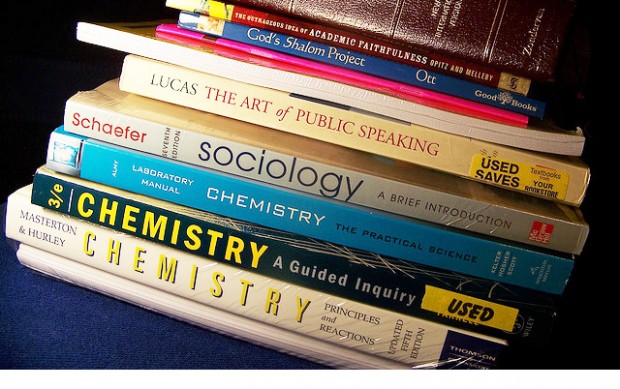She started a school for African-American girls with $1.50. The school bordered the town dump. Make-shift desks and chairs were made from discarded crates and boxes. There were five students at the time, and the students made ink for pens from elderberry juice and pencils from burned wood.
When the the local Ku Klux Klan heard about the school, they threatened to burn it down. There were reports that they waited outside the school, but she stood in the doorway, unwilling to back down or leave her school. Other stories say that she and her students started singing spirituals. The Ku Klux Klan eventually left.
Mary McLeod Bethune was born on July 10, 1875, in a log cabin on a cotton farm in South Carolina, the 15th of 17 children of former slaves. Most of her brothers and sisters were born into slavery; she was the first child born free. She started working in the fields by the age of five.
One day, she accompanied her mother, delivering “white people’s” wash. When she was given permission to enter the white children's nursery, she saw a book, which fascinated her. A white girl would quickly snatch the book from her hands, telling her she didn't know how to read. That's when Mary realized the only difference between white and black folk was the ability to read and write.
When she got the opportunity, McLeod attended a one-room black schoolhouse, walking five miles to and from the school. When she got home, she would teach her parents and siblings what she learned. She then got an opportunity to attend the Moody Bible Institute in 1895, becoming the first African American student to graduate from the school.
She decided then she would become a missionary, sharing what she learned. But, she would be informed that no one wanted or needed a black missionary.
Rather than give up her dreams, she decided more than ever that she would eventually teach.
Flash forward to 1904, when after moving to Florida, she started the Educational and Industrial Training School for Negro Girls, which initially had five girls aged six to twelve. With limited resources, she was determined to make the school a success, even when the Ku Klux Klan threatened her. But, eventually she received donations and support from the community, and the school grew to 30 girls by the end of the year.
Booker T. Washington would tell her of the importance of white benefactors to fund her school, so she started traveling and fundraising, receiving donations from John D. Rockefeller and establishing contacts with Franklin and Eleanor Roosevelt.
Her little school would become even more successful after it merged with a private institute for African-American boys and became known as the Bethune-Cookman School. She was president of the college from 1923 to 1942, and 1946 to 1947, becoming one of the few women in the world to serve as a college president at that time.
After she found that one of her students needing medical care was denied the care she needed and was placed on an outside porch of the local white hospital instead of a room with a bed, she used her funding sources and connections to open the first black hospital in Daytona, Florida.
According to the Turning Point Suffragist Memorial Association, McLeod became "one of the 20th century’s most powerful and celebrated advocates for civil rights and suffrage", holding "prominent roles, including president, in the National Association of Colored Women (NACW). She also served as president of the Florida Federation of Colored Women’s Clubs, where she fought against school segregation and sought healthcare for black children. Under her leadership, the National Council of Negro Women (NCNW) was founded as a unifying voice for African American women’s organizations."
As chapter president of the Florida chapter of the National Association of Colored Women, she would become so well known for her work registering black voters that once again she received threats from the Ku Klux Klan. And, like before, she did not back down.
With her friendship with the Roosevelts, she would become appointed as a national adviser to president Roosevelt, becoming part of what was known as his Black Cabinet and advising him on concerns of black people and would be called the “First Lady of the Struggle”.
When she passed away on May 18, 1955, she was recognized across the country. One newspaper suggested "the story of her life should be taught to every school child for generations to come" and The New York Times noted she was, "one of the most potent factors in the growth of interracial goodwill in America."
In her own words before she died, she wrote:
"I leave you love. I leave you hope. I leave you the challenge of developing confidence in one another. I leave you a thirst for education. I leave you a respect for the use of power. I leave you faith. I leave you racial dignity. I leave you a desire to live harmoniously with your fellow men. I leave you a responsibility to our young people."
“If I have a legacy to leave my people, it is my philosophy of living and serving. I think I have spent my life well. I pray now that my philosophy may be helpful to those who share my vision of a world of Peace, Progress, Brotherhood, and Love.”


No comments:
Post a Comment